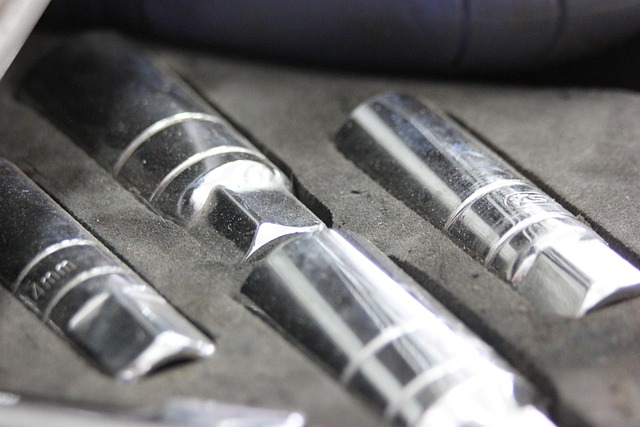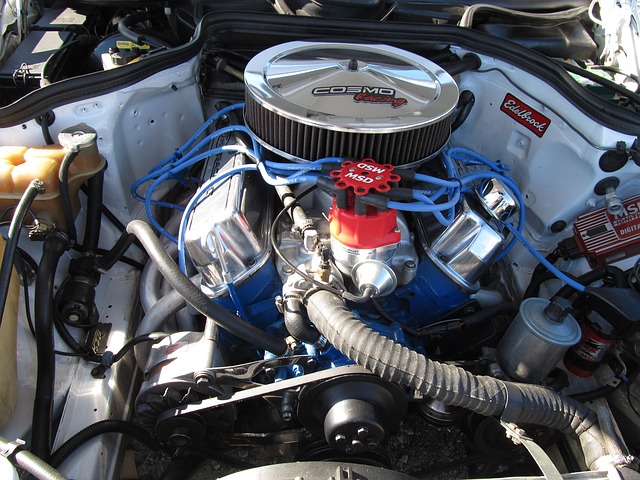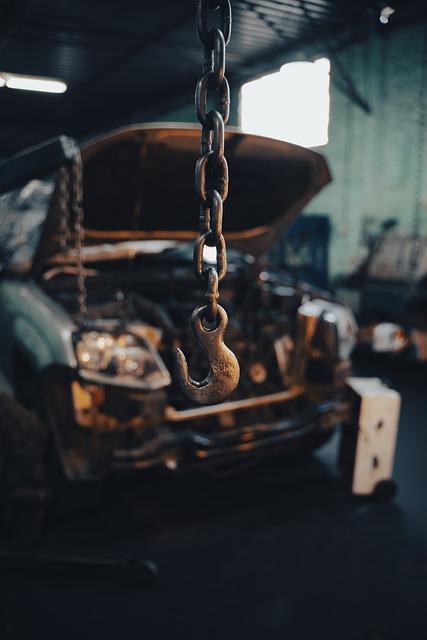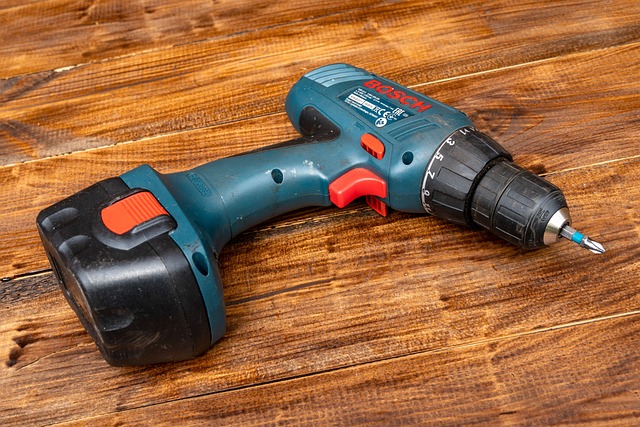Structural damage repair is a critical yet often ignored aspect of automotive maintenance, addressing hidden issues like frame cracks and body component damage caused by accidents. This meticulous process ensures vehicle safety and reliability by restoring structural integrity, preventing future failures, and maintaining crucial systems such as airbags. After repairs, including cosmetic fixes, thorough testing and re-calibration are vital, especially for the airbag system, to guarantee optimal deployment and occupant protection in subsequent collisions.
In the event of a car accident, proper structural damage repair and calibrated airbag systems are vital for passenger safety. This comprehensive guide delves into the essentials of structural damage repair, highlighting its significance in restoring vehicle integrity. Additionally, it explores airbag system calibration, detailing how precise adjustments ensure life-saving deployment. We provide a step-by-step post-repair testing and re-calibration process to guarantee optimal safety features for all vehicles.
- Understanding Structural Damage Repair: The Basics and Importance
- Airbag System Calibration: Ensuring Safety and Effective Deployment
- Step-by-Step Guide to Post-Repair Testing and Re-Calibration
Understanding Structural Damage Repair: The Basics and Importance

Structural damage repair is a critical aspect of automotive maintenance that often goes unnoticed until it’s needed. It involves the intricate process of restoring vehicles to their pre-incident condition, addressing both aesthetic and structural issues caused by accidents or other impacts. This meticulous work requires skilled technicians who can identify hidden damage, such as cracks in frames or damaged components within the vehicle’s body.
The importance of structural damage repair extends beyond mere aesthetics; it ensures the safety and reliability of a vehicle. Proper repairs prevent future mechanical failures and maintain the integrity of crucial systems like airbags. When a car undergoes an accident, even minor ones, the impact can compromise the structural integrity of the vehicle, potentially affecting its ability to protect occupants during subsequent collisions. Therefore, comprehensive structural damage repair is not just about fixing dents or scratches; it’s about ensuring the overall safety and performance of a vehicle, making it essential for any owner prioritizing both peace of mind and top-notch vehicle condition.
Airbag System Calibration: Ensuring Safety and Effective Deployment

The airbag system is a critical safety feature in modern vehicles, designed to protect occupants during a collision. Proper calibration and regular maintenance are essential to ensure its effectiveness when it matters most. Airbag system calibration involves adjusting the sensor triggers and inflator mechanisms to guarantee optimal deployment speed and coverage. This process is particularly vital after any structural damage repair, as even minor adjustments can impact the airbag’s performance.
Accurate calibration ensures that airbags deploy at the right moment, providing adequate protection without causing unnecessary harm or inflation delays. It also plays a significant role in auto glass repair and dent removal scenarios, where precise timing is crucial for passenger safety. By regularly calibrating these systems, vehicle repair experts can maintain peak performance, ensuring the safety of drivers and passengers alike on the road.
Step-by-Step Guide to Post-Repair Testing and Re-Calibration

After completing structural damage repair on a vehicle, including fender repair or any other cosmetic fixes, it’s crucial to conduct thorough post-repair testing and re-calibration. This ensures that all components, especially the airbag system, function optimally after the restoration process. Start by inspecting the repaired area for any signs of residual damage or misalignment. Utilise advanced diagnostic tools provided by leading vehicle repair services to check for any errors in the airbag control module (ACM).
Next, perform a series of tests including inflating and deflating the airbags to verify their proper deployment. Check for consistent timing, pressure, and coverage across all airbags. In an automotive body shop, technicians should then calibrate the system using specialist software that adjusts sensor sensitivity and timing settings accurately. This meticulous process guarantees that in case of a future collision, the airbag system responds swiftly and effectively, protecting occupants as intended.
In conclusion, proper structural damage repair and subsequent airbag system calibration are paramount for vehicle safety. By understanding the fundamentals of structural repair and the critical role of calibrated airbags, drivers can ensure their protection on the road. Following a repair, a thorough testing and re-calibration process is essential to guarantee the airbag system functions optimally in case of an accident, offering peace of mind and enhanced safety features for all passengers.














